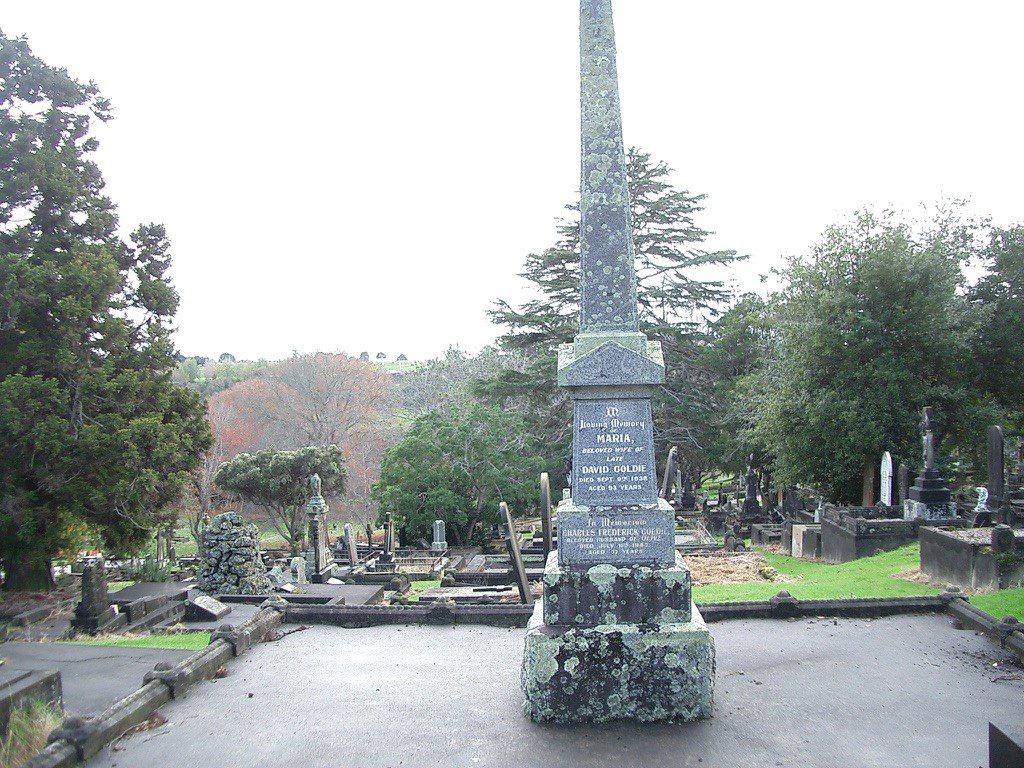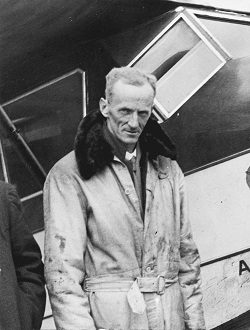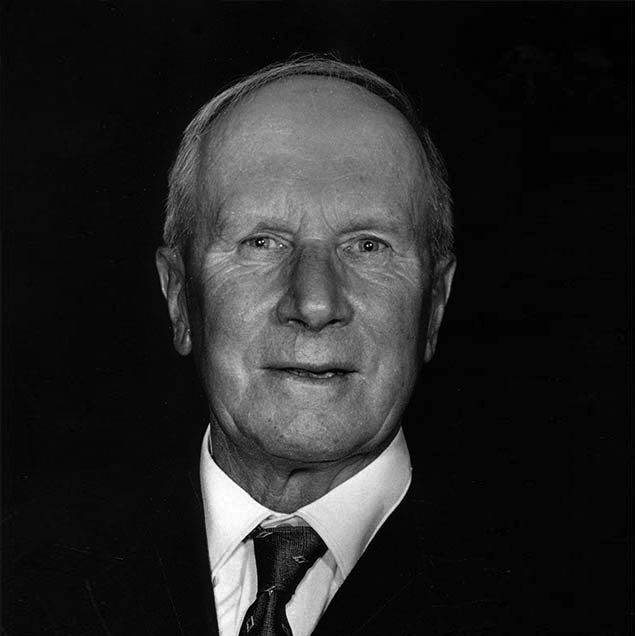Charles Frederick Goldie was one of New Zealand’s most famed artists, whose portraits of Māori are for many often the most frequently remembered representation of New Zealand’s tangata whenua (original inhabitants). Goldie trained as an artist in New Zealand and Australia, won prizes for his early work and then travelled to France to advance his studies.
His early portraits were often of
Māori clad in traditional dress with memorable traditional moko (tattoo) on their faces. Goldie’s portraits have been praised for the apparently ‘true to life’ quality in their subjects’ appearance. Later in his career he was criticized for exactly that quality; his portraits were deemed too life-like by some critics and lacking in an interpretative edge that might have set them apart from photographic portraits.
Many of his later paintings were reproductions from his own earlier work, sold in many cases to wealthy tourists and probably reflecting his financial needs as much as his artistic inclination. His work, while now seen as an iconic fixture in New Zealand’s history of artistic achievement still attracts criticism for its presumed racist undertones through the interpretation that Goldie was depicting an earlier idealistic ‘noble savage.’ At the time of his death as well as more recently he has been recognized as a person of his time whose realistic artistic interpretations left a valuable visual record of early generations of the indigenous New Zealanders.
Further Reading:
Charles Frederick Goldie
Died 11 July 1947
aged 72 years
Block E Row 48 Plot 78






